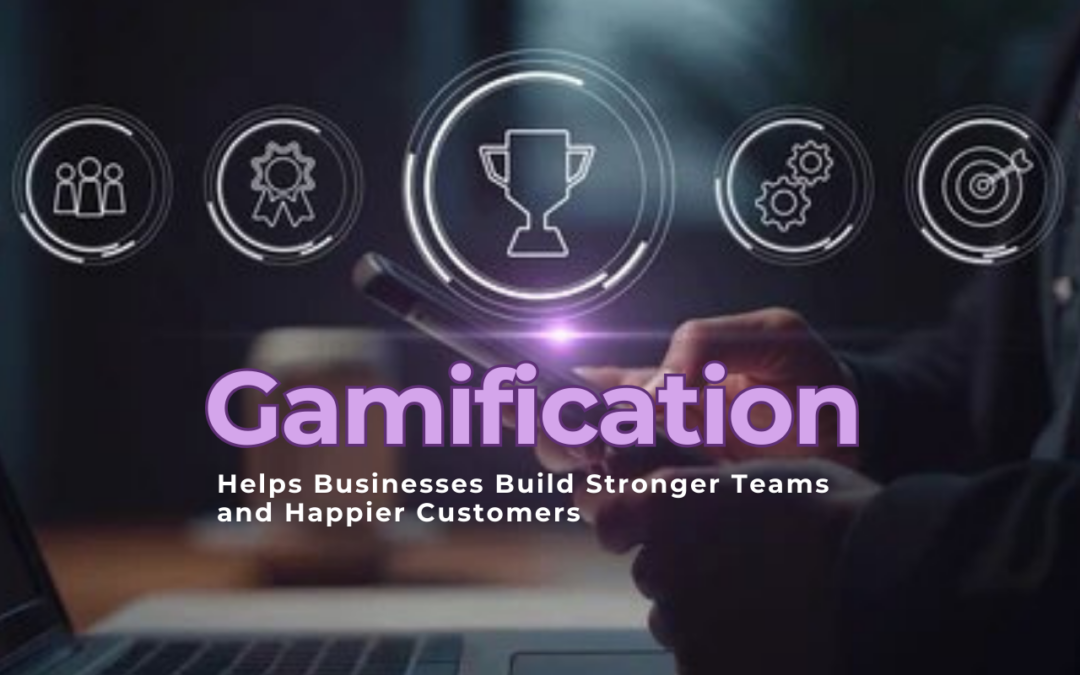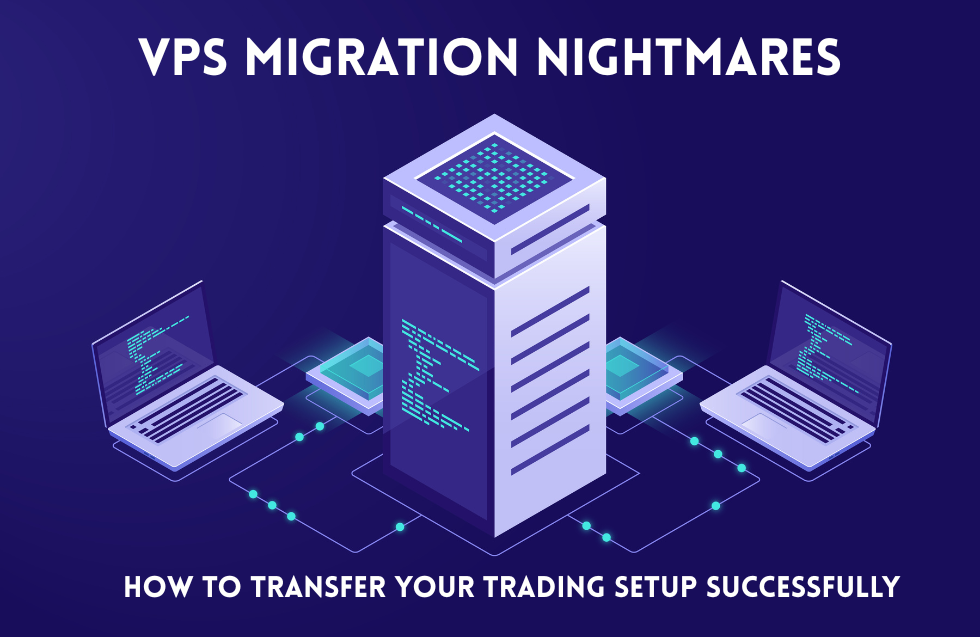In today’s competitive landscape, businesses are constantly seeking innovative ways to motivate their employees and engage their customers. One strategy that’s been gaining momentum is gamification—the application of game design elements in non-game contexts. From employee training modules to customer loyalty programs, gamification is transforming the way companies operate, fostering stronger teams and delivering more satisfying customer experiences.
What Is Gamification?
At its core, gamification involves integrating elements like points, badges, leaderboards, and challenges into everyday activities. The goal? To make routine tasks more engaging and rewarding. When applied thoughtfully, these game mechanics can transform mundane tasks into exciting challenges, fueling a sense of achievement and competition that benefits both teams and customers.
Building Stronger Teams Through Gamification
1. Enhancing Employee Engagement
Engaged employees are the backbone of any successful business. Gamification taps into intrinsic motivators—like recognition, achievement, and a sense of progress—to create an environment where employees are more invested in their work. Consider training modules that reward employees with points or badges as they master new skills. Not only does this make learning fun, but it also encourages friendly competition and continuous improvement.
2. Encouraging Collaboration and Teamwork
Team-based challenges and competitions can break down silos and foster a collaborative culture. For example, companies might set up inter-departmental competitions where teams work together to achieve common goals, such as completing projects ahead of deadlines or innovating new solutions. The shared sense of accomplishment and collective progress can boost morale and strengthen interpersonal relationships.
3. Tracking Progress and Setting Goals
Gamification provides a clear visual representation of progress through metrics and leaderboards. When employees see how close they are to reaching their next milestone, it can drive them to push harder. This transparency not only motivates individuals but also helps managers identify high performers and areas where additional support may be needed.
4. Reducing Stress and Improving Well-Being
Work can sometimes be stressful and monotonous. By incorporating elements of play, businesses can reduce stress and improve overall employee well-being. Gamified wellness challenges, for instance, might reward employees for taking breaks, participating in physical activities, or even meditating, contributing to a healthier work-life balance.
Creating Happier Customers with Gamification
1. Boosting Customer Loyalty
Customer loyalty programs have evolved far beyond the traditional punch card. Today’s programs leverage gamification to create immersive, rewarding experiences. For instance, customers can earn points not just for purchases but also for sharing on social media, writing reviews, or referring friends. These points can then be exchanged for discounts, special offers, or even exclusive products, making the experience both interactive and rewarding.
2. Enhancing User Experience
The modern customer expects a seamless and engaging experience. Gamification elements like progress bars, achievement badges, and challenges can guide users through online experiences in a more intuitive and fun way. Whether it’s onboarding a new user or keeping customers engaged on a website, gamification ensures that every interaction feels dynamic and purposeful.
3. Driving Behavioral Change
Gamification isn’t just about fun—it can also be a powerful tool for encouraging desirable behaviors. For example, apps that promote healthy habits, environmental sustainability, or financial literacy often use gamified elements to incentivize users. By turning routine actions into rewarding experiences, businesses can drive positive behavior changes that benefit both the individual and society.
4. Gathering Valuable Insights
When customers engage with gamified systems, they generate a wealth of data that businesses can analyze to improve their services. Tracking user interactions, reward redemptions, and engagement levels provides insights into customer preferences and behaviors. This data can then be used to tailor future campaigns, develop better products, and ultimately create an even more engaging customer experience.
Real-World Examples of Gamification in Action
- Salesforce’s Trailhead: Salesforce has created a gamified learning platform where users earn badges and points for completing training modules. This not only helps users learn at their own pace but also makes professional development a fun and rewarding experience.
- Nike Run Club: Nike’s app turns running into a social and competitive experience. Users can set personal challenges, earn badges, and share their achievements with a global community, keeping them motivated and connected.
- Duolingo: This language-learning app is a prime example of gamification done right. With features like streaks, levels, and in-app rewards, Duolingo keeps users engaged and motivated to learn a new language every day.
Implementing Gamification in Your Business
Step 1: Identify Your Objectives
Before jumping into gamification, it’s essential to determine what you aim to achieve. Are you looking to boost employee productivity, improve customer retention, or drive behavior change? Clearly defined goals will help tailor your gamification strategy effectively.
Step 2: Understand Your Audience
Different groups respond to different types of game mechanics. Conduct surveys or focus groups to understand what motivates your employees or customers. This insight will inform the design of your gamified system, ensuring it resonates with its intended audience.
Step 3: Start Small and Scale Gradually
It’s best to pilot your gamification strategy on a small scale before rolling it out company-wide. This allows you to test the mechanics, gather feedback, and make adjustments as necessary. Once refined, you can expand the program to have a broader impact.
Step 4: Monitor, Evaluate, and Iterate
Gamification is not a set-it-and-forget-it solution. Regularly track the performance of your gamified initiatives, evaluate what’s working (and what isn’t), and iterate accordingly. Continuous improvement will help maintain engagement and ensure long-term success.
Conclusion
Gamification offers a transformative approach to building stronger teams and creating happier customers. By leveraging the natural human desire for challenge, recognition, and achievement, businesses can create environments where both employees and customers feel valued and motivated. Whether it’s through enhanced training programs or innovative customer loyalty initiatives, gamification provides the tools to drive engagement, foster collaboration, and ultimately, propel your business forward in an ever-evolving marketplace.
Embrace the power of play and watch as your teams become more dynamic and your customers more loyal. Happy gamifying!












